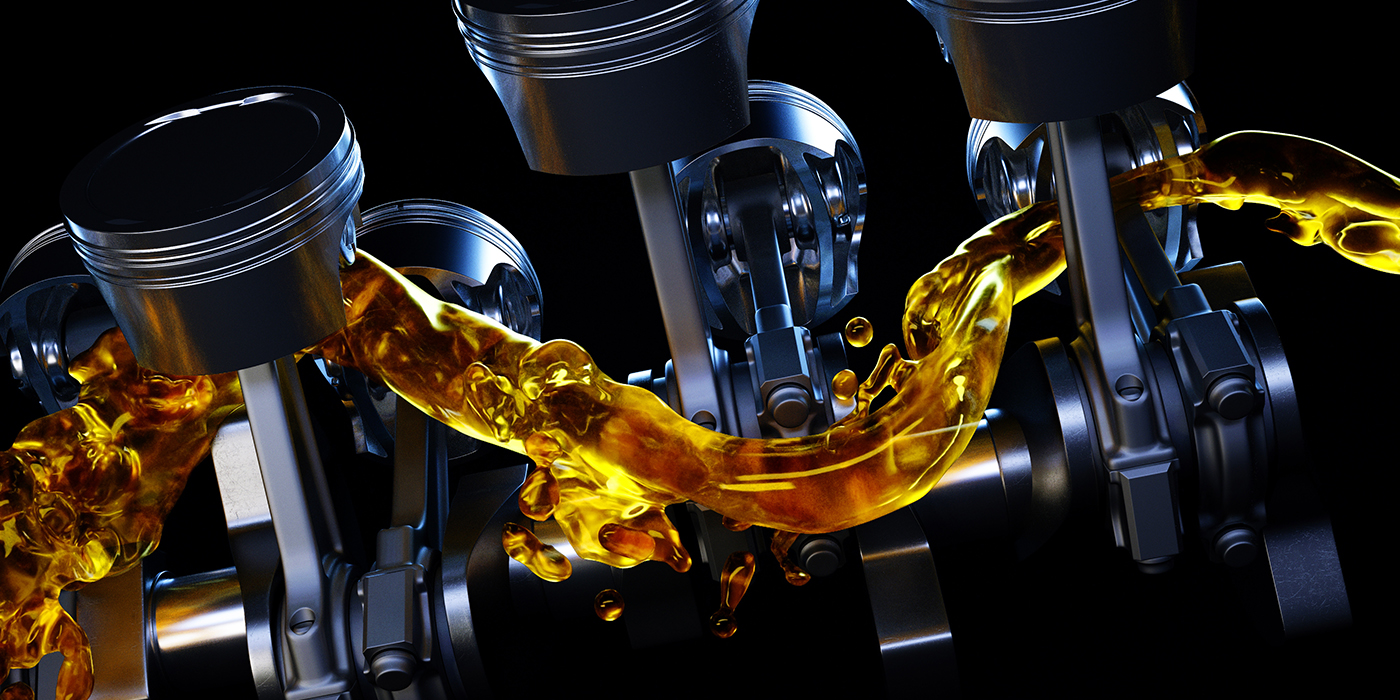
The Drive Toward Thinning Engine Oils - Engine Builder Magazine
Oil viscosity has been on a thinner trend throughout the years. If you owned a car in the early 1990s, the engine likely used 10W-30, 10W-40, or 20W-50 engine oil, but cars today most commonly use 0W-20, 5W-20, and 5W-30.
"Thinner engine oils cause less friction between the components of an engine and result in a lower amount of energy loss from the movement in the engine, but engage reduced oil film thicknesses, which may generate more wear and limit durability."
"The most viable option for further improving the fuel economy beyond SAE 0W-8 is to increase the viscosity index, because the kinematic viscosities at 40°C and 100°C can be further lowered, which is useful for transient driving profiles, while keeping the HTHS for durability. This approach favors synthetic hydrocarbons, esters and polyglycols."
